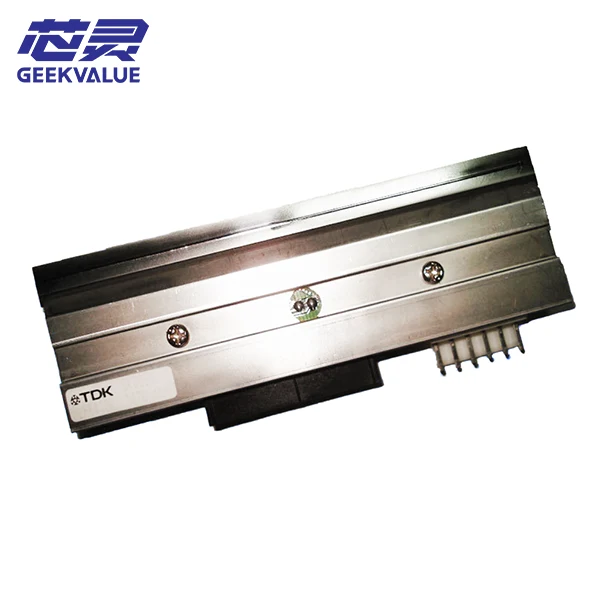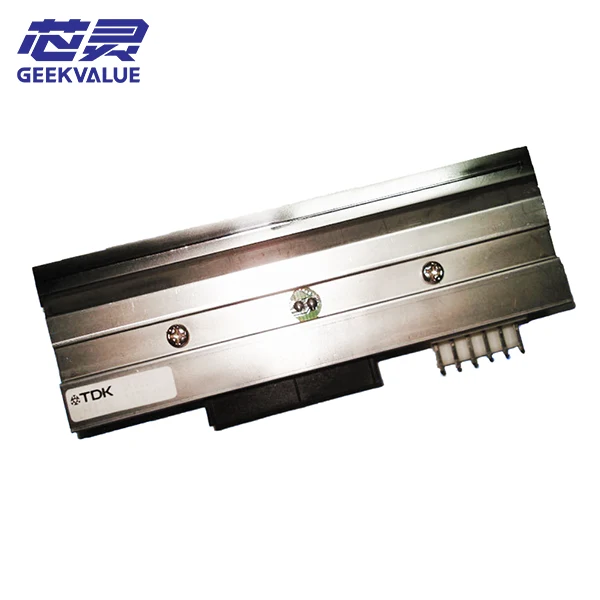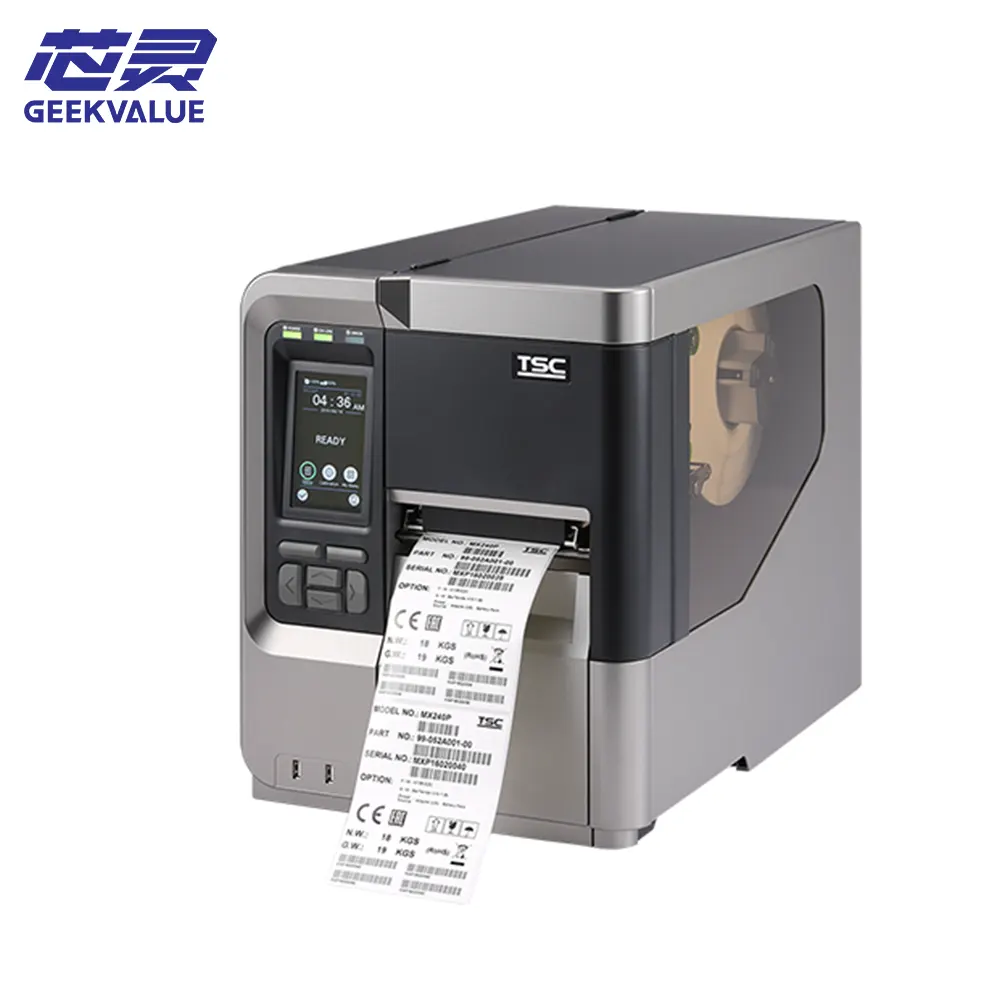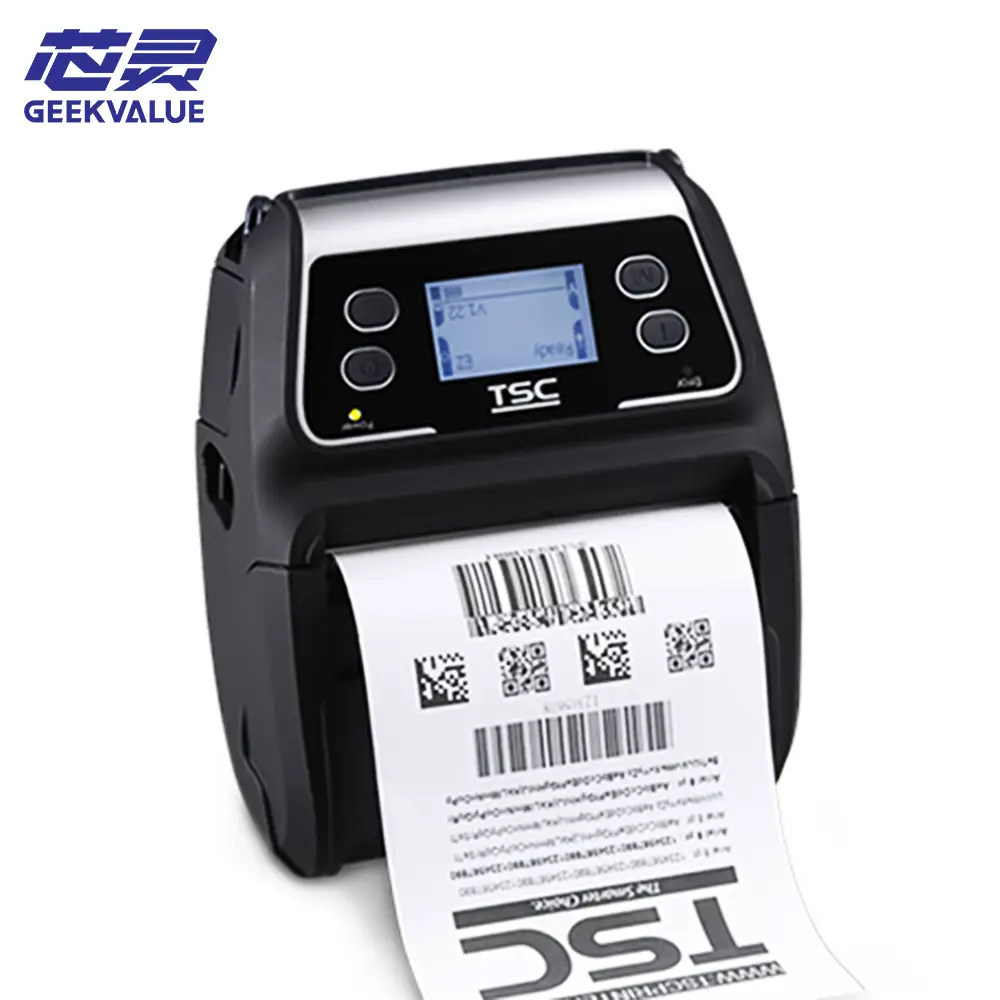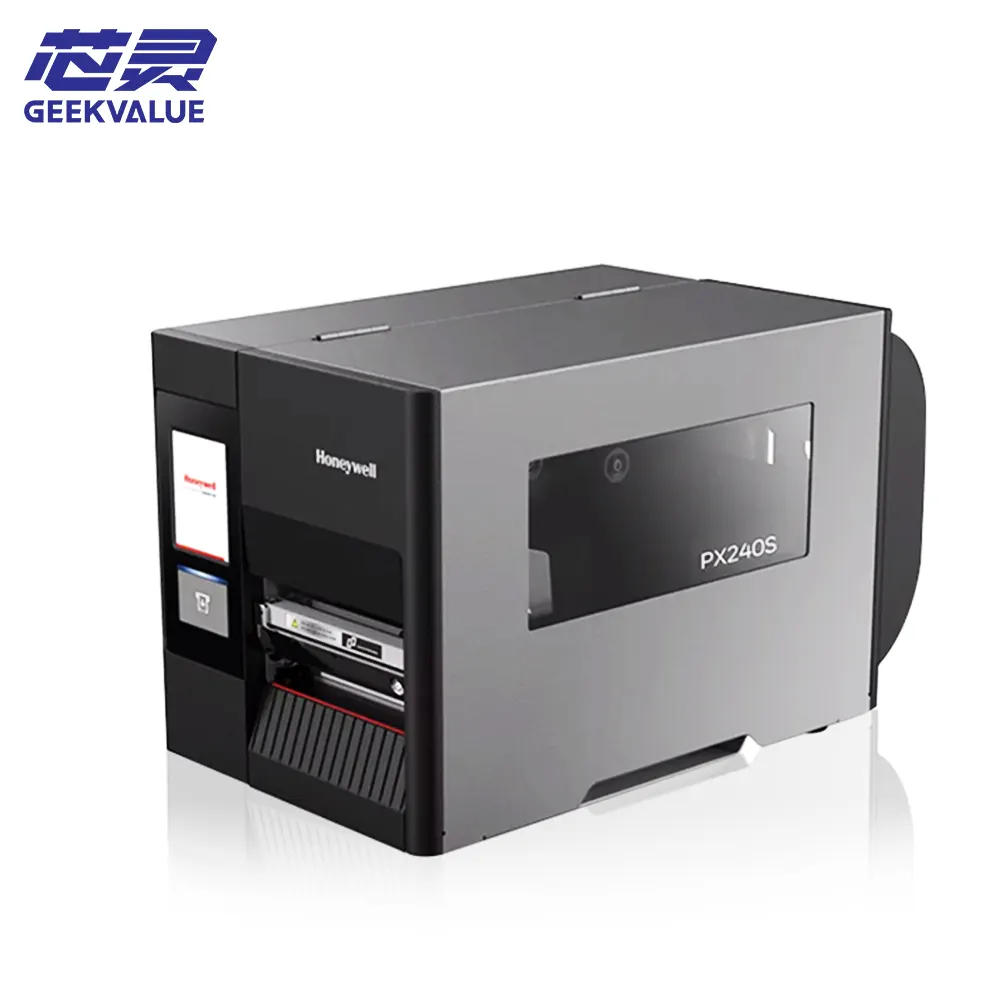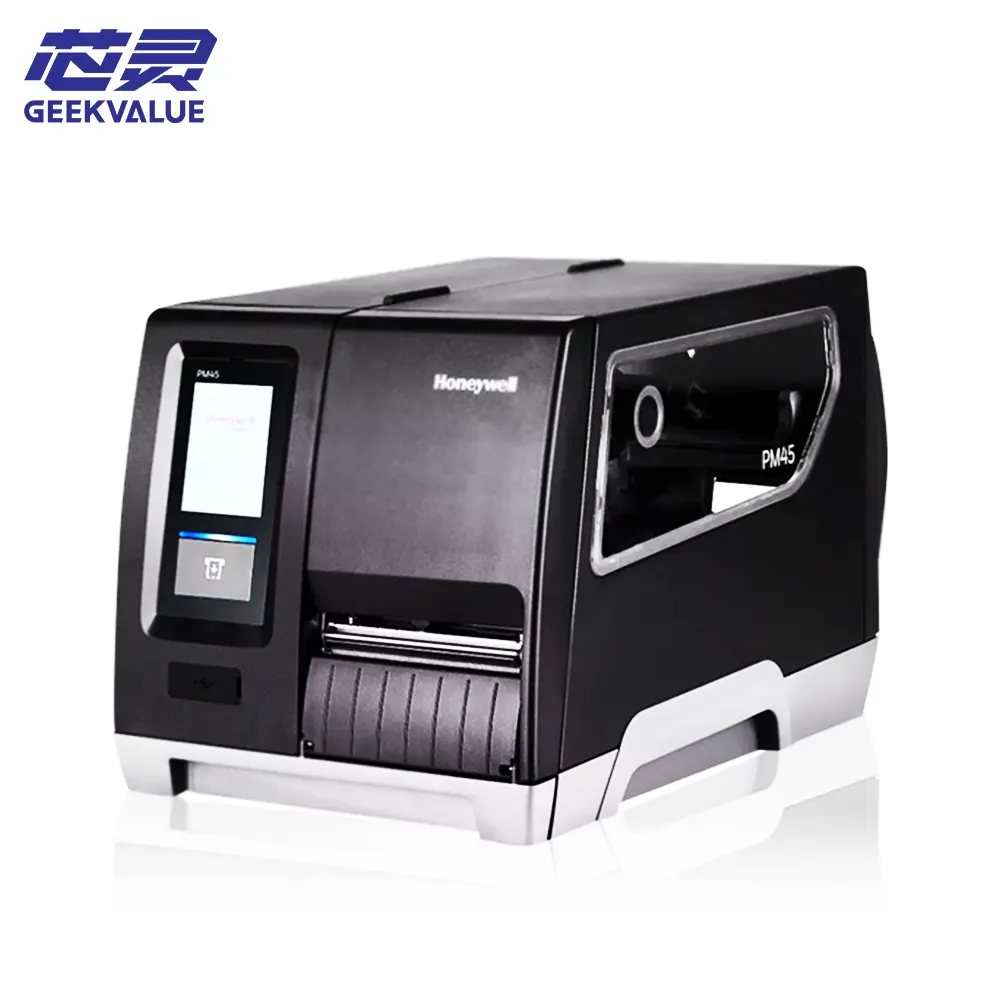1. Core advantages
① Ultra-high resolution (305dpi)
The accuracy is up to 12 dots/mm, surpassing the common 203/300dpi in the industry, and is particularly suitable for printing:
Micro text (such as electronic component labels, medical instructions).
High-density QR code/barcode (improves scanning success rate).
Complex graphics (industrial logos, anti-counterfeiting patterns).
② Long-life design
Ceramic substrate + wear-resistant coating, with a theoretical life of 200 kilometers of printing length (better than similar competing products).
The electrode adopts gold plating process, which is anti-oxidation and reduces the risk of poor contact.
③ High-speed response and low power consumption
The heating element is optimized to support high-speed printing of more than 50mm/s (such as logistics sorting lines).
Dynamic power regulation, energy consumption is reduced by 15%~20% compared with traditional models.
④ Wide compatibility
Supports two modes: thermal transfer (ribbon) and direct thermal (inkless).
Adaptable to a variety of media: synthetic paper, PET labels, ordinary thermal paper, etc.
2. Detailed technical features
① Physical parameters
Printing width: 104mm (standard model, other widths can be customized).
Working voltage: 5V/12V DC (depending on the driver configuration).
Interface type: high reliability FPC (flexible circuit) interface, vibration resistance.
② Thermal control technology
Multi-point independent temperature control: Each heating point can fine-tune the temperature to avoid local overheating.
Grayscale adjustment: Support multi-level grayscale printing (such as gradient patterns).
③ Environmental adaptability
Working temperature: 0~50℃, humidity 10~85% RH (no condensation).
Dust-proof design: reduce the impact of paper scraps/ribbon residue.
3. Typical application scenarios
Electronic manufacturing industry: PCB board labels, chip traceability codes (need to be resistant to high temperature and chemical corrosion).
Medical industry: drug labels, test tube labels (high-precision printing of small fonts).
Logistics warehousing: high-speed sorting labels (taking into account speed and clarity).
Retail and finance: high-end product labels, anti-counterfeit bill printing.
4. Comparison of competing products (TDK LH6413S vs. similar products in the industry)
Parameters TDK LH6413S TOSHIBA EX6T3 Kyocera KT-310
Resolution 305dpi 300dpi 300dpi
Life 200 km 150 km 180 km
Speed ≤60mm/s ≤50mm/s ≤55mm/s
Power consumption Low (dynamic adjustment) Medium Low
Advantages Ultra-high precision + long life High cost performance Strong high temperature resistance
5. Maintenance and use suggestions
Installation points:
Ensure parallelism with the rubber roller and uniform pressure (recommended pressure 2.5~3.5N).
Use anti-static tools to avoid circuit breakdown.
Daily maintenance:
Clean the print head weekly (wipe it in one direction with a 99% alcohol cotton swab).
Check the ribbon tension regularly to avoid wrinkles and scratches.
6. Market positioning and procurement information
Positioning: high-end industrial market, suitable for scenarios with strict requirements on precision and reliability.
Procurement channels: TDK authorized agents or professional printing equipment suppliers.
Alternative models:
For lower cost: TDK LH6312S (203dpi).
For higher speed: TDK LH6515S (400dpi).
Summary
TDK LH6413S has become the preferred print head in the fields of electronics, medical care, logistics, etc. with its ultra-high resolution of 305dpi, ultra-long life of 200 kilometers and industrial-grade stability. Its technical highlight is the balance of precision, speed and energy consumption, which is suitable for scenarios that require long-term high-load operation.
